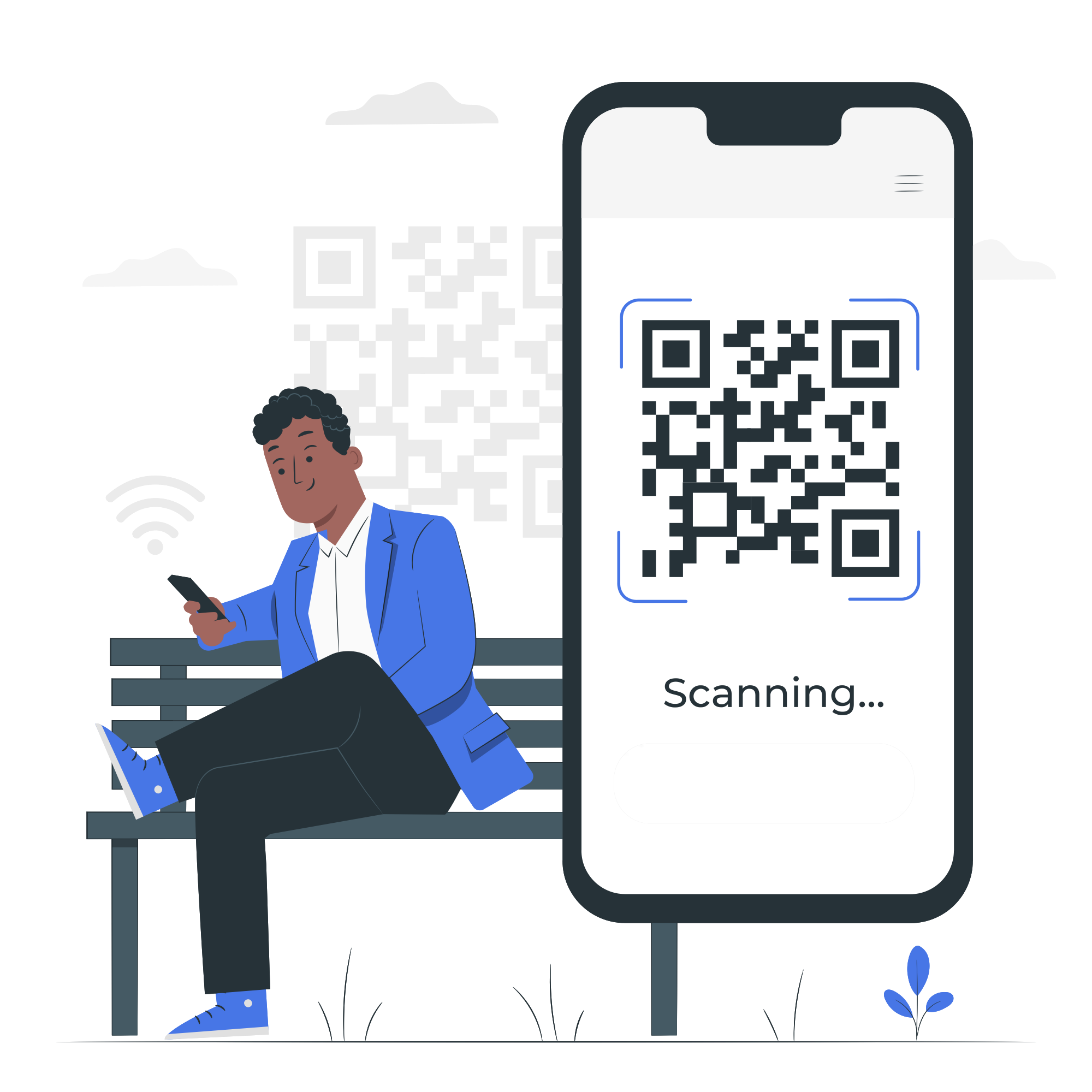Automated Fare Collection System (AFCS)
QR-Transit, as a digital wallet for public transportation that utilizes QR code technology, can potentially address some of the disadvantages of an Automated Fare Collection System (AFCS)
One way that QR code technology can be used in an AFCS is through the use of QR code ticketing. With QR code ticketing, passengers can purchase tickets for transportation services through their smartphones by scanning a QR code displayed at the station or on the transportation vehicle. This process redirects the user to a payment page, where they can complete their purchase and receive a digital ticket that can be scanned at the turnstiles or shown to the conductor.
Another way that QR code technology can be used in an AFCS is through the use of QR code-based payment systems. With these systems, passengers can load their e-wallets with funds and then use their smartphones to scan QR codes to pay for tickets and other transportation-related expenses. This eliminates the need for physical tickets or cash and allows users to easily track their expenses.
Overall, QR code technology can be a valuable component of an AFCS for public transportation. It allows for the convenient and efficient purchase and use of tickets, and it can help to streamline the fare collection process for transportation providers.
Advantages of an Automated Fare Collection System (AFCS)
Increased Efficiency: AFCS eliminates the need for manual fare collection, reducing the time and effort required for both passengers and transportation staff.
Reduced Fare Evasion: AFCS can reduce fare evasion by providing accurate and automated fare collection, making it difficult for passengers to avoid paying fares.
Improved Data Collection: AFCS systems can collect and store data on passenger travel patterns and transportation usage, which can be used to improve transportation planning and management.
Enhanced Convenience: AFCS can provide passengers with various payment options such as prepaid cards, mobile payments, and contactless payments, making it more convenient for passengers to pay for their fares.
Reduce contact during payment and less spread of infection: AFCS can reduce the need for physical contact during fare collection, which can reduce the spread of infection.


Applications of Public Transport QR Codes
Engage with passengers via sms and email,
QR-Transit - QR Code open a communication channel between transport platform and the passenger. Now be able to interact regarding customer service issues, suggestions, and more by allowing customers to interact with the transport company directly through the platform.
Use QR codes for payment
Instead of carrying around cards in their wallets, now passengers can scan the QR code when they get on the transport vehicle to easily pay their fare. Charging transit cards and buying tokens is no longer necessary. Now scan a QR code and have transit fares automatically deducted from their qr-transit accounts loaded from the bank, ewallet or credit card accounts of their choice.
Personal Transit QR Code (ex. Pasig Ferries)
The concept is instead of buying a reloadable beep card, the customer will just generate a personal transport QR code.
The QR code will act as the substitute to the reloadable beep card.
During the onboarding, Pasig ferries attendant will scan the personal QR of the customer. If it has ample load, the attendant will accept the customer for onboarding.
To load the Personal Transit QR code, they will use Paybiz. The personal Transit QR code is tied up to the mobile
number of the customer.
Once the customer completed the payment process on Paybiz, Paybiz will call back the backend system for the QR code,
then the load will be reflected.


